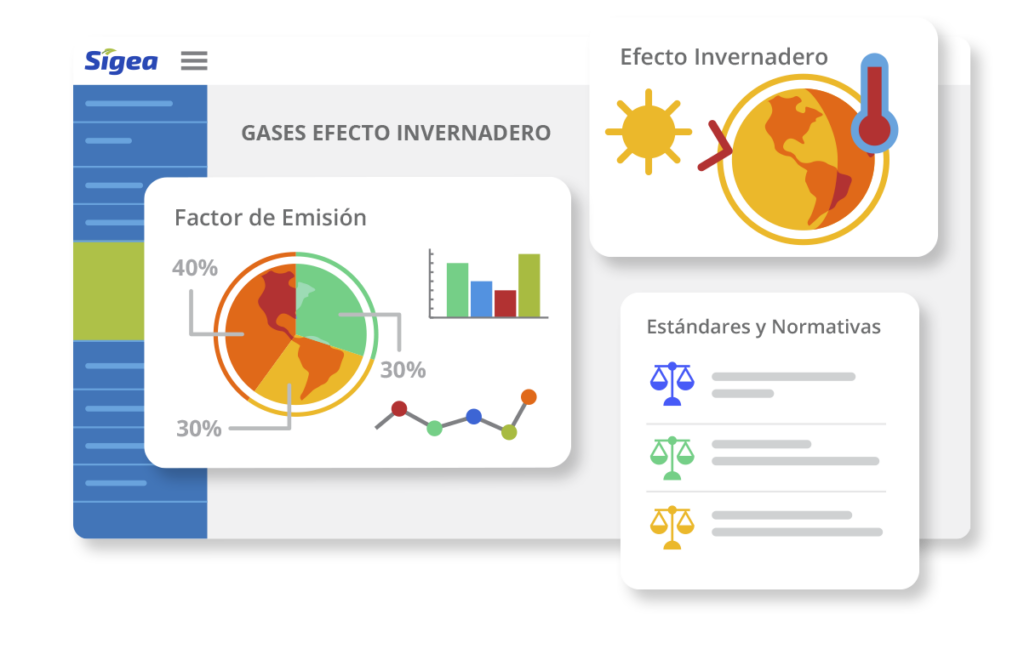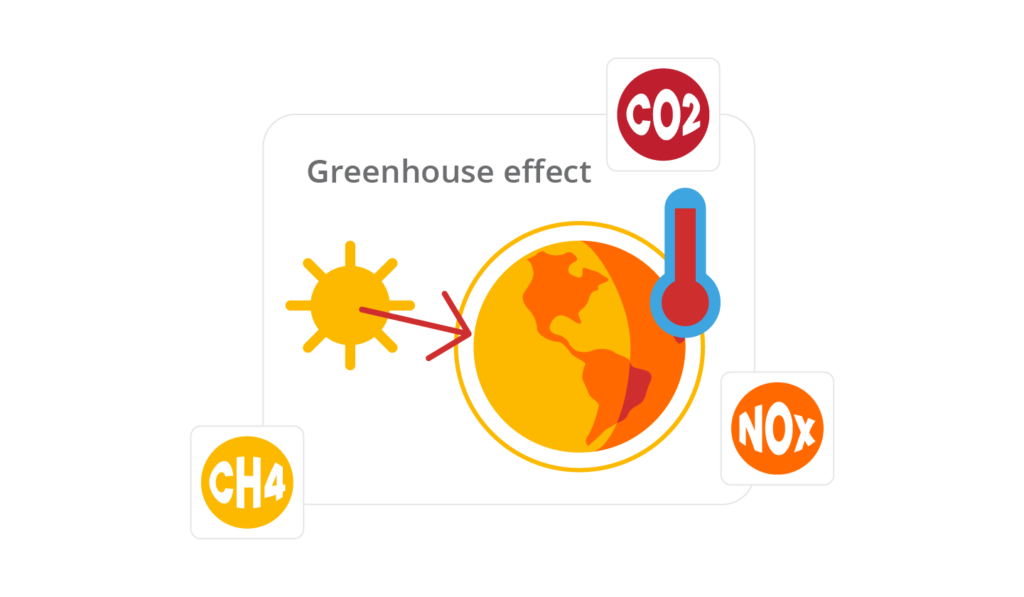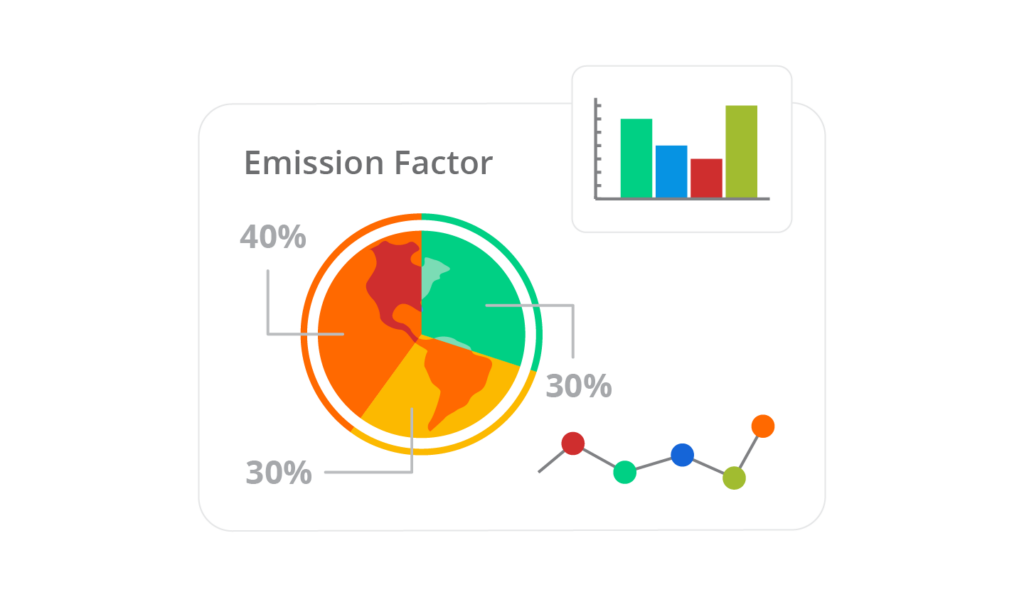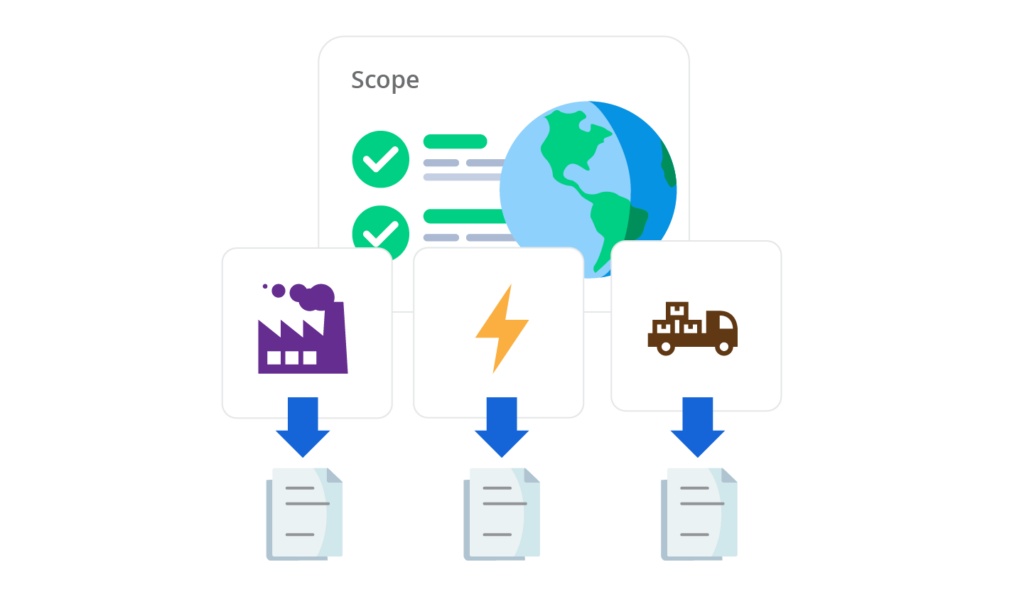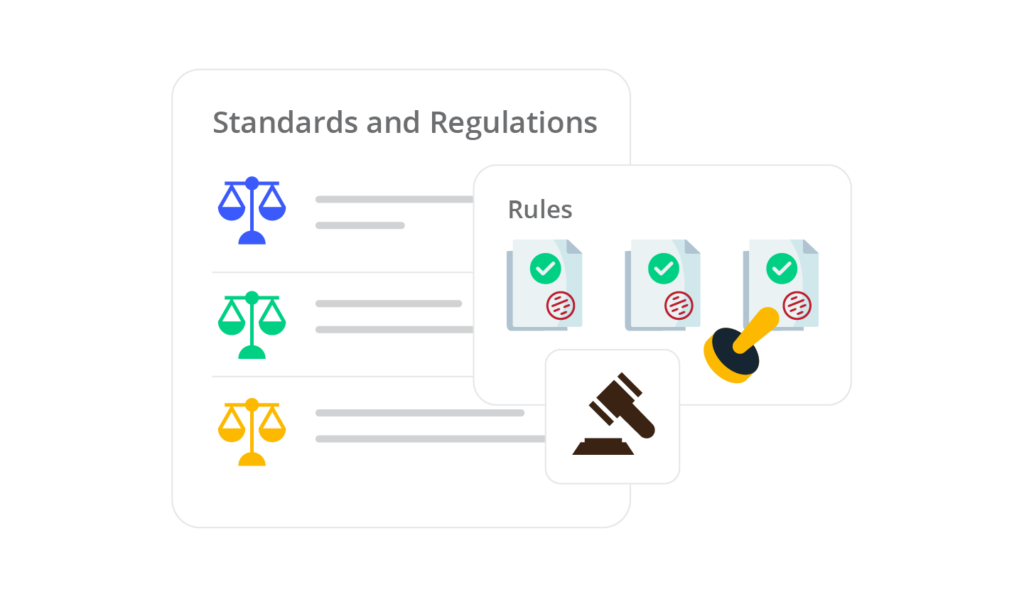Through an international agreement reached at COP 28, the goal was set to achieve a 43% reduction in Greenhouse Gas (GHG) emissions by 2030 and 60% by 2035, compared to 2019 levels.
Even more ambitious is the goal of zero carbon by 2050, which makes it imperative to adopt effective management tools such as SIGEA Software.
Our tool allows us to collect a large amount of data in an automated way, in real time, to take concrete actions in tight deadlines.
